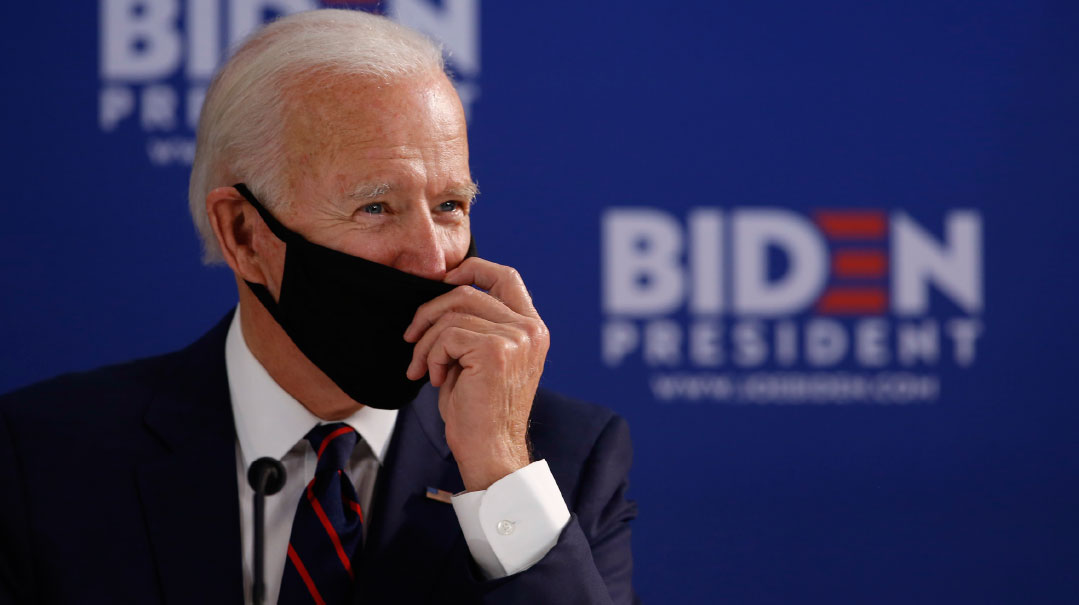China’s Global Ambitions


Let’s start at the end of the story, in 2060.
China has expanded its network of military ports to Africa, South America, and Europe. Its battleship group trolls the Atlantic while its submarines guard the South China Sea, aided by a huge sonic antenna five times the size of New York City. It trades everywhere it wants because it makes almost everything the world needs, including automobiles, robot assistants, and gold watches. Through its economic and military clout, it exports its authoritarian capitalist agenda, one that does not smile upon such niceties as religious liberty and free speech. It aids like-minded autocrats by instructing them in crowd control, surveillance, and economic development. The slogan is no longer made in China, but China rules the world.
Sound dystopian? Certainly, but according to many China watchers, this is the future Beijing envisions, a world dominated by Chinese economic power, military might, and ideology.
The current trade war between the United States and China is just a piece of the global wrestling match between the world’s lone superpower and its wannabe contender. China is the United States’ largest trading partner. According to the Office of the United States Trade Representative, US goods and services traded with China totaled an estimated $710.4 billion in 2017; exports totaled $187.5 billion and imports $522.9 billion, translating into a trade deficit of $335.4 billion in 2017.
Addressing that trade imbalance was one of the issues on the agenda of US and Chinese officials when they met this past Monday. Trade representatives from both countries are meeting during a 90-day period to try to forestall more punishing US tariffs that have been promised for March.
High on the list of priorities for US negotiators will be intellectual theft on the part of Chinese companies. In sum, Chinese companies often force US manufacturers into “partnerships” by which the Chinese company steals intellectual rights. That goes for everything from Lego to microprocessors. According to a 2018 Hoover Institution report, “Chinese Influence and American Interests,” the theft goes well beyond dollars and cents.
“In the technology sector, China is engaged in a multifaceted effort to misappropriate technologies it deems critical to its economic and military success. Beyond economic espionage, theft, and the forced technology transfers that are required of many joint venture partnerships, China also captures much valuable new technology through its investments in U.S. high-tech companies and through its exploitation of the openness of American university labs.
“This goes well beyond influence-seeking to a deeper and more disabling form of penetration. The economic and strategic losses for the United States are increasingly unsustainable, threatening not only to help China gain global dominance of a number of the leading technologies of the future, but also to undermine America’s commercial and military advantages.”
So too in the area of intelligence gathering, where China has made an audacious effort to steal personal details of US citizens. On November 30, the Marriott hotel chain announced a data breach that had exposed the personal information — including postal addresses, telephone numbers, and dates of birth — of 500 million guests (since revised to at least 383 million). Hackers also stole 5 million unencrypted and 20 million encrypted passport numbers.
On December 11, US intelligence agencies said the hack was carried out by the Ministry of State Security, China’s civilian spy agency. China had already been accused of illegally accessing Office of Personnel Management database in 2015, giving the spy agency information on every US official with a security clearance. In that same year, Chinese hackers breached the Anthem insurance company, giving the Communist government the Social Security numbers of 80 million Americans. And why is that data useful to China? According to the Washington Post:
“Such information would be valuable not just to criminals seeking to commit identity fraud but also [to] intelligence agencies seeking to build dossiers and track movements of diplomats, spies, military personnel, business executives and journalists, according to several cybersecurity experts. Armed with a rich array of personal data, an intelligence agency can also tailor an approach to a person to see whether the individual can be recruited as a spy or blackmailed for information. The passport data, which is not often collected in data breaches, probably was a particularly valuable find for the hackers.”
So China steals intellectual rights, enriching itself on the hard work of American entrepreneurs, and pilfers millions of sensitive records in order to carry out a spy war with the United States. The military threat is no less.
In a four-part series for Bloomberg News, Hal Brands, a professor at Johns Hopkins University’s School of Advanced International Studies, writes that China has global ambitions for world military domination. It wasn’t always so. Prior to 1995, China had only regional aspirations. But in that year, the United States sent two carrier strike groups to the Taiwan Strait after China threatened its neighbor militarily. According to Brands, “the episode underscored to the Chinese leadership that America’s military dominance gave it the capability to intervene at will even in China’s own backyard.” Since then China has developed weapons — including advanced fighter jets, anti-ship ballistic missiles, and stealth-like attack submarines — that not only give Beijing a clear advantage over its neighbors but also could prevent the United States from coming to their defense. In the 1990s, Brands writes, China spent just 2% of its GDP on military spending. Today, it has the second-largest defense budget in the world, after the US.
And here’s where China’s trade, military, and ideological ambitions intersect. As China builds ports abroad (often in debt-trap diplomacy relationships whereby China lends a poor country money in exchange for privileges like military ports) it also promotes its Belt and Road Initiative, a massive trade and infrastructure project meant to literally link China with countries throughout Asia and Europe. Once on the doorstep of other nations’ capitals, it can influence them ideologically.
Brands sees only one silver lining in China’s rapid ascent: “Its efforts to develop a larger overseas footprint — particularly to secure access to ports and other facilities — have created greater international suspicion of its motives and designs. That, in turn, will probably lead to more international resistance to China’s strategic rise.”
The trade war is just one piece of the strategic puzzle.
(Originally featured in Mishpacha, Issue 743)
Oops! We could not locate your form.













